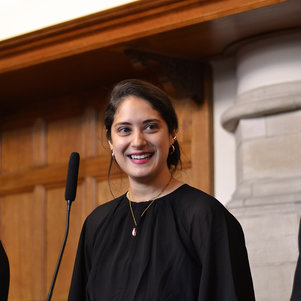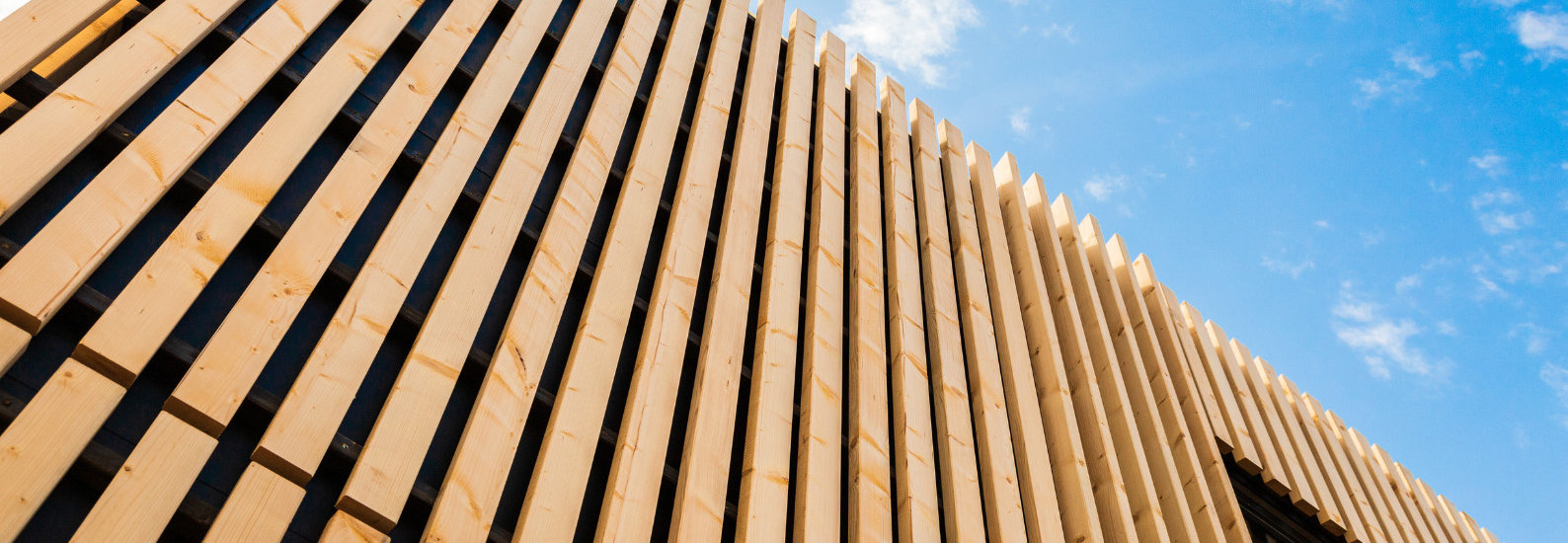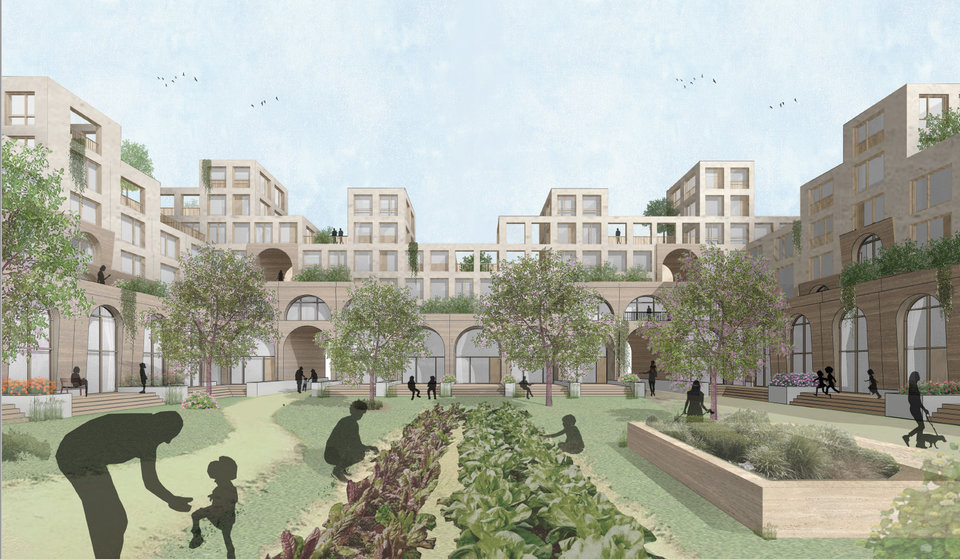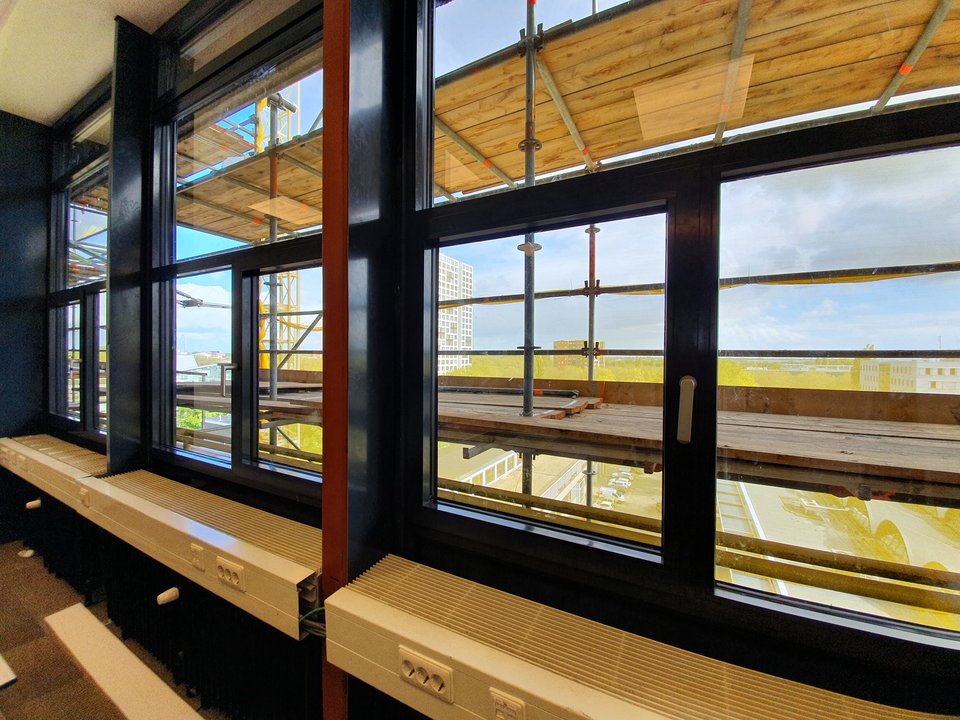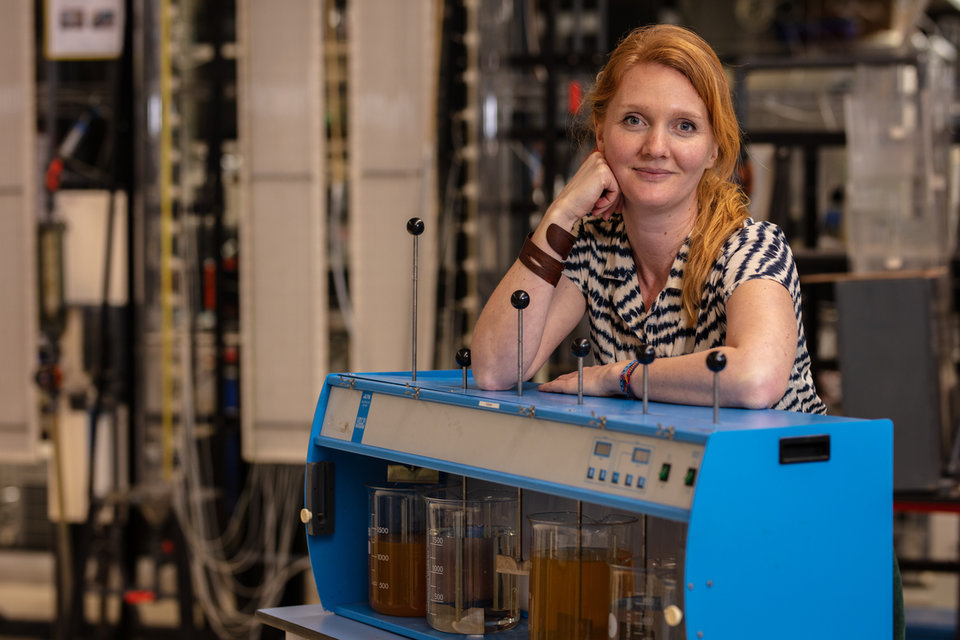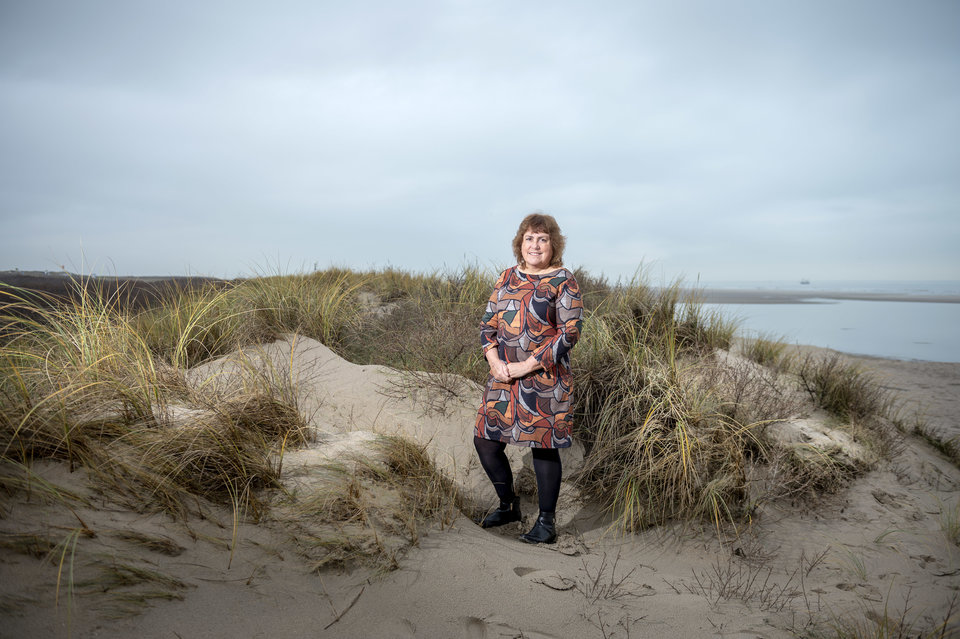Dutch housing production needs to accelerate but at the same time construction techniques need to become more sustainable, and in particular more circular, as greenhouse gas emissions must drop and carbon storage should increase. How can we build more while simultaneously polluting less? Dr. Elizabeth Migoni Alejandre is looking for the answers.
The Amsterdam Metropolitan Area has committed to increasing the use of bio-based materials in the construction sector to at least 20%. "Considering their goal of building 7,500 housing units per year, we decided to quantify the associated greenhouse gas emissions and potential savings of transitioning to bio-based construction", says postdoctoral researcher Elizabeth Migoni Alejandre, who works at the Environmental Technology and Design section at TU Delft’s Faculty of Architecture and the Built Environment and does her research at the Amsterdam Institute for Advanced Metropolitan Solutions (AMS Institute). Her focus is on structural load-bearing timber, which presents a considerable carbon storage potential.
Bio-based potential
“Twenty percent is a good start”, she says, “but it’s not even half of what we should be transitioning towards if we really want to decrease carbon emissions. For a sustainable bio-based transition, a whole life cycle and systems perspective is needed. I specifically look at the most contributing volumes of bio-based materials and the effects of substituting conventional materials such as concrete and steel. Not everyone is aware of the optimized strength and performance capacity of engineered timber, which can meet some of the highest structural requirements and fire regulations. By building with timber and using dry connection systems, you can easily disassemble and re-use elements like walls, floors and beams while maintaining high structural integrity. This creates additional opportunities for long-term carbon sinks.”

Elizabeth’s research is supported by an interdisciplinary team composed of experts from AMS Institute and TU Delft. “Our goal is to quantify greenhouse gas emissions and reductions, to properly identify trade-offs between conventional and bio-based construction systems. We expect this to result in recommendations for short and long-term sustainability strategies, which can help municipalities during key decision-making”, says Elizabeth.
Long-term strategies
When comparing their environmental profile, Elizabeth was surprised to find out just how well bio-based construction materials can perform in comparison to mineral options. “The team's results indicate that bio-based structural systems can decrease 60% of the total embodied emissions over their life cycle compared with predominantly mineral structures. For this, two conditions must be met. First, timber should be sourced from sustainably managed certified forests. You want to avoid monoplantations and instead create biodiverse and resilient forests. There’s also a common misconception that increasing demand for timber will lead to deforestation. However, it is the conversion of forest into agricultural land that has been identified as one of the main drivers behind deforestation practices. Knowing that the harvest of wood represents a continuous means of income can be a considerable incentive for communities to conserve their land for forestry. The second condition is guaranteeing the high-end reuse of timber after dismantling or demolishing buildings. Engineered timber can have a lifespan of hundreds of years, therefore it is essential to prioritize its reuse and cascading before disposing of it for energy recovery. Landfill of timber elements is banned in the Netherlands, but unfortunately this is still not the case in other countries.”
When asked about the effects of wood transport, Elizabeth states that from a life cycle perspective, those impacts appear almost negligible when compared to the total emissions of producing conventional steel and concrete.
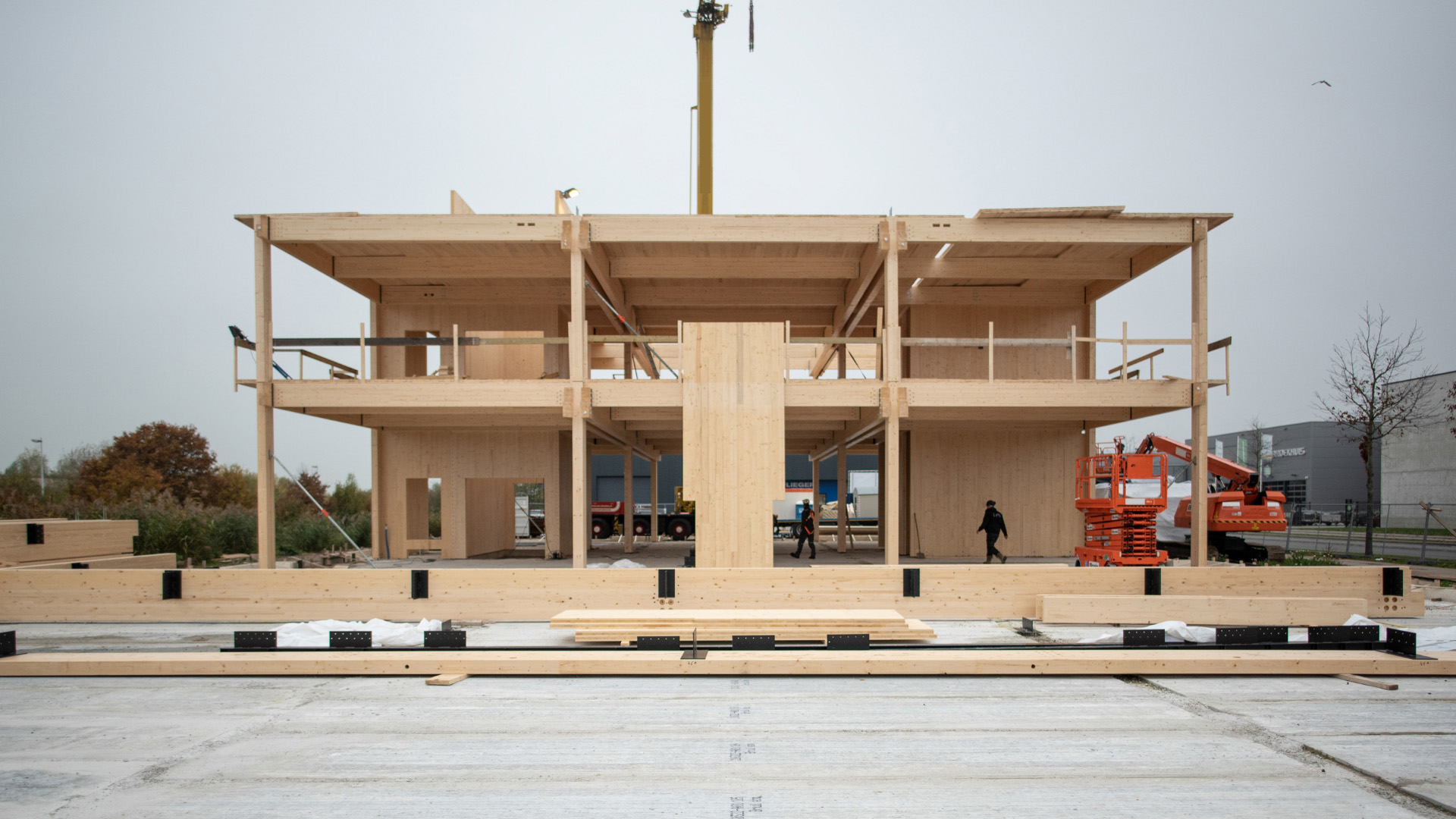
Education and systems perspective
Discussing an outlook Elizabeth says: “To help find the best way to source, manufacture and use bio-based products, we need a systems perspective. Only by looking at the whole life cycle of a product or system, can we really begin to grasp the complexity of sustainability issues and propose holistic solutions.
We also need to educate people on timber construction, allowing future generations to design with bio-based materials and consider their environmental consequences. Besides timber, other materials such as flax, hemp and grass can be used in the construction sector as substitutes for fossil and mineral-based products.”
Want to learn more about sustainable building with timber?
Follow the free online course Sustainable Building with Timber. More than 2,000 participants registered for the first two editions of the online course, which is the first one of its kind. Elizabeth participated in the creation of this novel MOOC (Massive Open Online Course), explaining the general principles of Life Cycle Assessment and the relevance of assessing the environmental performance of buildings and materials.

This story is published: March 2024
More information
